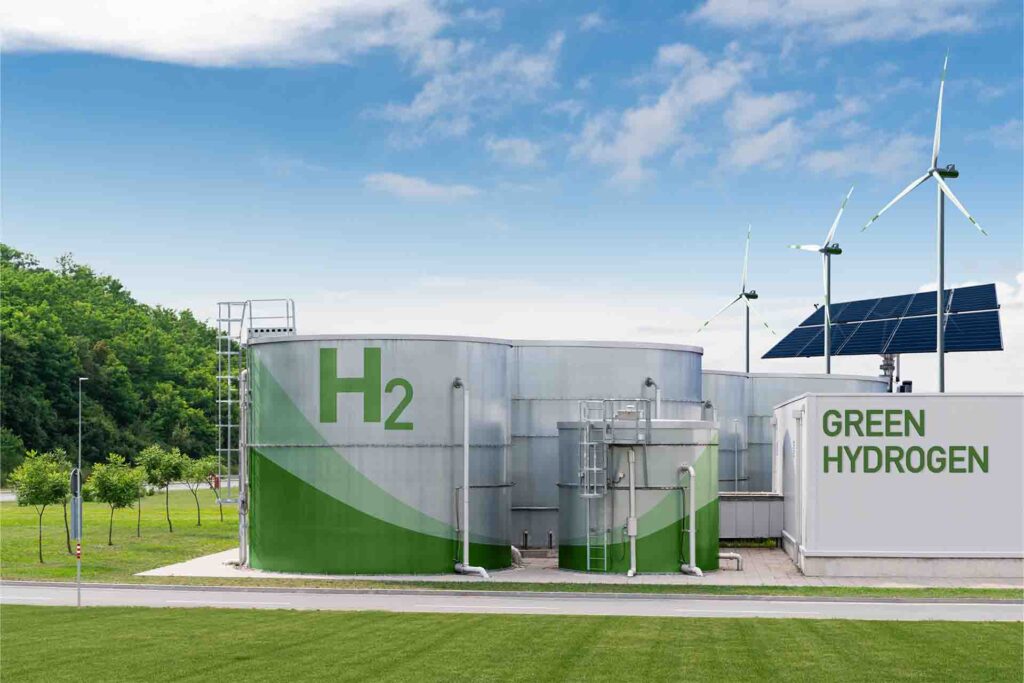Europe’s ambitious plans to integrate hydrogen into its energy system are struggling to progress beyond the announcement stage, according to a new report by Global Energy Monitor. Despite efforts to use hydrogen in gas-fired power plants, LNG terminals, and transmission pipelines as part of the region’s decarbonization strategy, most projects remain in early development without concrete implementation.
Hydrogen Infrastructure Plans Largely Stalled
The report provides one of the most detailed analyses of Europe’s hydrogen infrastructure plans and their connection to the existing gas network. It highlights that while hydrogen is seen as a key component of Europe’s clean energy future, little tangible progress has been made in developing the necessary infrastructure.
Extensive Projects on Paper, Slow Implementation
According to the Europe Gas Tracker, 96 gas-fired power plants with a combined capacity of 44.6 gigawatts (GW) have been proposed to burn hydrogen. To put this in perspective, this capacity is nearly equal to the total gas-fired power fleet of Italy. Additionally, twelve projects aim to either expand or convert LNG terminals to accommodate hydrogen imports, and 323 new pipelines—stretching over 50,000 kilometers—are in development for hydrogen transportation. This marks a 40% increase in hydrogen pipeline projects compared to last year.
Challenges Hindering Progress
Despite these ambitious plans, the transition is being slowed by regulatory uncertainty, investment risks, and continued reliance on natural gas. Many projects are still tied to blue hydrogen, which is produced using natural gas with carbon capture, rather than fully green hydrogen derived from renewable energy sources.
The Road Ahead
For hydrogen to play a important role in Europe’s energy transition, governments and businesses need to quicken policy support, foundation venture, and innovative progressions. Without these steps, the region dangers falling short of its decarbonization objectives whereas remaining subordinate on fossil fills.

